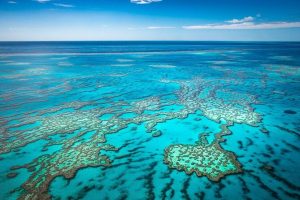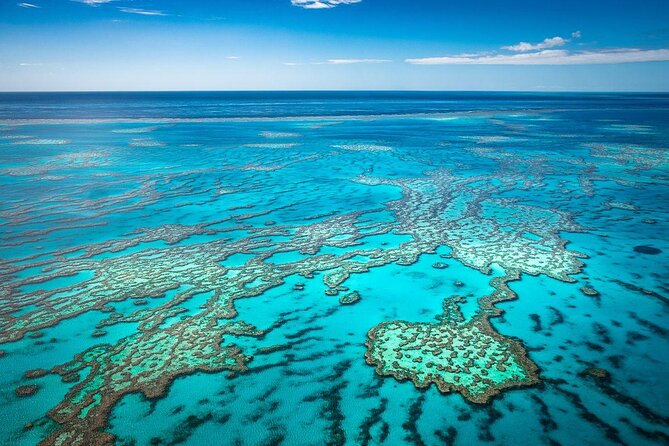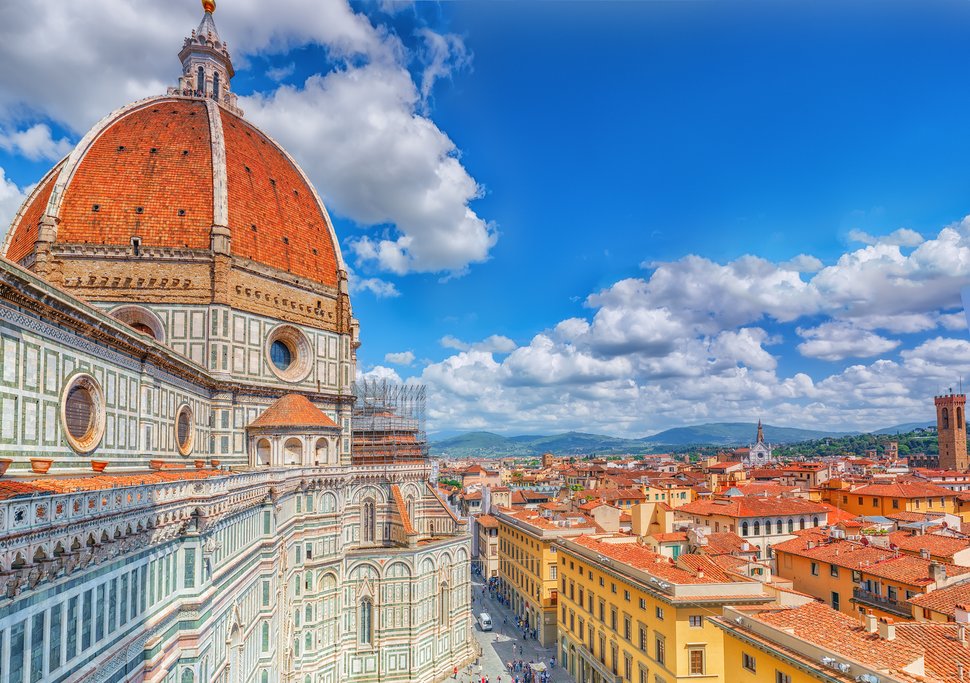Growing up in Australia, I have always been mesmerized by the beauty of our natural wonders. From the vast Outback to the breathtaking coastline, my country is truly blessed with spectacular landscapes. However, there is one place that holds a special place in my heart – the Great Barrier Reef.

The Great Barrier Reef is not only the world’s largest living structure but also a UNESCO World Heritage site. Stretching over 2,300 kilometers along the northeast coast of Australia, it is a haven for marine life and a true paradise for explorers like myself. I have been fortunate enough to experience the wonders of this magnificent coral reef firsthand, and I want to take you on a virtual tour of this marine wonderland.
Diving into the crystal-clear, turquoise waters of the Great Barrier Reef, I was immediately greeted by a kaleidoscope of colors. The vibrant coral formations create a mosaic of shapes and textures, while schools of fish dart between them, creating a dynamic and captivating underwater scene. The reef is home to more than 1,500 species of fish, including the famous clownfish, made popular by the animated film “Finding Nemo.”
As I swam deeper, I encountered majestic sea turtles gliding gracefully through the water. These gentle creatures have become synonymous with the Great Barrier Reef, and witnessing their serene presence is both humbling and awe-inspiring. I felt a deep connection to the delicate balance of life that exists in this fragile ecosystem.
One of the most incredible experiences I had was encountering the gentle giants of the ocean – the humpback whales. These majestic creatures migrate to the Great Barrier Reef each year, and witnessing their playful antics and graceful movements left me speechless. It is a humbling reminder of the importance of conservation to ensure that future generations can continue to marvel at these natural wonders.
Exploring the Great Barrier Reef is not just limited to diving or snorkeling. There are numerous ways to experience this breathtaking ecosystem, including helicopter tours, glass-bottom boat rides, and even underwater observatories. These alternative options allow visitors to witness the beauty of this underwater paradise without getting wet. It is a testament to the accessibility and inclusiveness of this remarkable natural wonder.
Beyond its pristine waters, the Great Barrier Reef also offers an opportunity to learn about the delicate balance that exists between humans and the environment. The Indigenous people of the region, the Aboriginal and Torres Strait Islander communities, have a deep cultural connection to the land and sea. Their traditional knowledge and practices play a vital role in safeguarding the reef for generations to come.
However, the Great Barrier Reef is one of the most vulnerable ecosystems in the world. Climate change, pollution, and overfishing pose significant threats to its survival. For me, this awareness was a call to action. It became not just a personal journey of exploration and admiration but also a responsibility to protect and preserve this fragile ecosystem.
Organizations such as the Great Barrier Reef Marine Park Authority and various conservation groups work tirelessly to ensure the long-term sustainability of the reef. By supporting these initiatives and making conscious choices in our own lives, we can all contribute to the preservation of this natural wonder.
Visiting the Great Barrier Reef was a transformative experience for me. It reminded me of the immense beauty and fragility of our planet. It taught me the importance of being a responsible traveler and an advocate for our environment.
Whether you plan on exploring the underwater wonders or discovering the reef’s beauty from above, visiting the Great Barrier Reef is an experience like no other. Prepare to be captivated by its vibrant colors, enchanted by its diverse marine life, and humbled by its grandeur. Take the time to appreciate the wonders of this extraordinary ecosystem and join the mission to protect it for future generations. Together, let us be stewards of this natural treasure and ensure that it continues to inspire awe and wonder for years to come.











